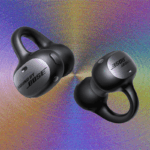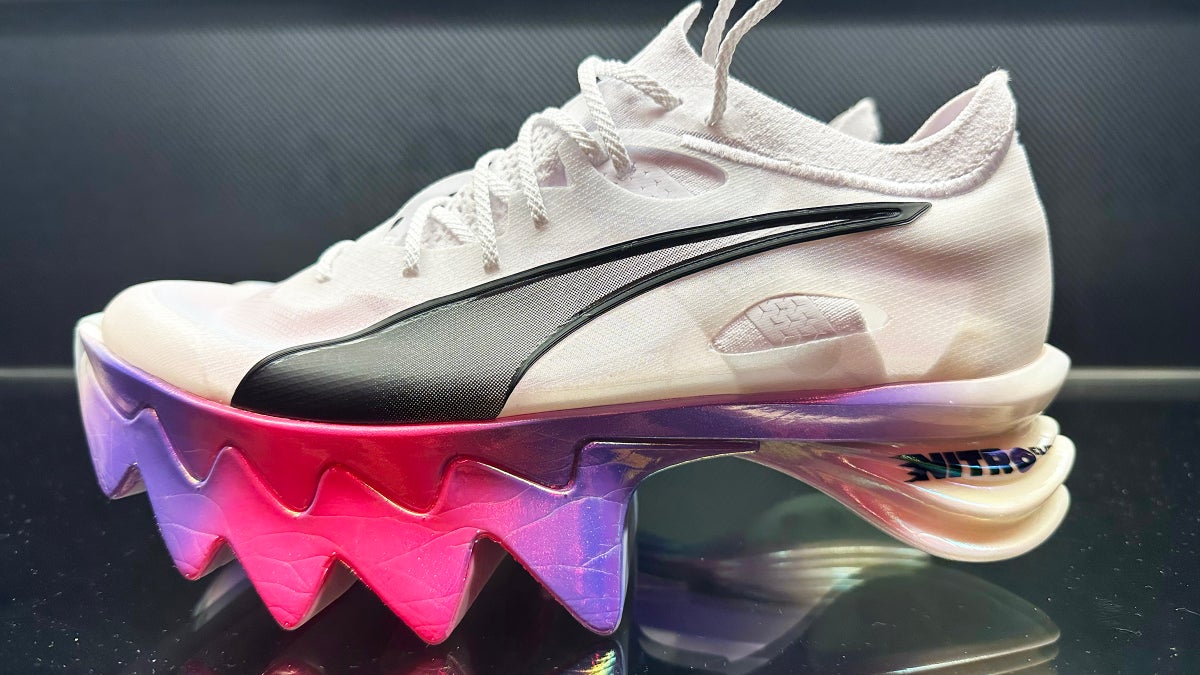
Approximately one in eight Americans has taken a GLP-1 or glucagon-like peptide-1 receptor agonist. These medications were originally developed to help manage type 2 diabetes, but they also support weight loss by slowing stomach emptying, stabilizing blood sugar levels, and increasing feelings of fullness and satisfaction, which can reduce appetite. Many people taking GLP-1s find that they eat smaller meals and eat and drink less overall, which can at times lower energy availability for exercise and contribute to dehydration. As GLP-1s grow increasingly popular, people are becoming more curious about their effects, especially on how this medication impacts their workout gains.
Whether you’re already taking a GLP-1 like Mounjaro, Ozempic, or Wegovy, or you’re just starting to consider it, here’s what nutritionists, endocrinologists, and personal trainers say you need to know about working out when taking GLP-1s.
How Losing Weight Affects Muscle Mass
Weight loss can sometimes mean losing a bit of lean body mass, including muscle, especially if you’re not eating enough protein or doing some resistance training. This isn’t exactly unique to GLP-1s, though.
“Any successful weight loss, whether it’s diet, bariatric surgery, or GLP-1s, will cause a decrease in lean body mass,” says Dr. Silvana Obici, an endocrinologist and chief of the division of endocrinology at Stony Brook Medicine. So, taking steps to build and maintain muscle mass is important while taking GLP-1s.
Is It Safe to Exercise While Taking a GLP-1?
Yes. Research shows that it’s perfectly safe—and beneficial—to work out and stay active while taking these medications.
Strength training and other forms of exercise preserve muscle mass during weight loss, helping people maintain strength. It also contributes to more sustainable weight loss and impacts metabolic health, such as by reducing blood sugar spikes.
What to Know About Exercising When Taking a GLP-1
Here’s what you should keep in mind when exercising while taking GLP-1 medications.
1. Increase Your Protein Intake
You may need to give a bit of extra attention to properly fueling your workouts when taking GLP-1s. There’s a good chance you’ll be adapting to a smaller appetite than usual, and without some attention to a nutritious diet, you could miss the mark on consuming enough calories and nutrients like protein, carbohydrates, and fiber.
“Often people who take these medications lose not only fat but also muscle due to insufficient protein,” says Reyna Franco, a registered dietitian nutritionist and certified personal trainer with a private practice in New York. “One should ensure they consume protein at every meal, particularly if they are exercising.”
Protein, in particular, plays a big role in helping avoid muscle loss. Any time you lose weight—which is common among people on GLP-s—you tend to lose some muscle. Making sure you’re consuming enough protein—and at the right times—is key to minimizing or avoiding muscle loss when taking GLP-1s, says Obici. Why? Eating protein helps stimulate muscle protein synthesis, which is a process that builds and repairs muscle tissue. General guidelines call for between 1.2 and 1.5 grams of protein per kilogram of body weight daily. This works out to about 20 to 30 grams of protein per meal, or more. So, if you weigh 175 pounds, you’ll need to eat between 95 and 119 grams of protein each day.
Dr. Brian Wojeck, an endocrinologist at Yale Medicine, says that the exact amount can vary from person to person depending on factors like training load, body weight and composition, and age.
When you eat is also important. Franco suggests scheduling your workouts before or after a meal that contains both protein and a carbohydrate. For example, a bowl of yogurt and fruit after a morning run. She suggests eating a piece of fruit or another carbohydrate-rich snack if you’re exercising before lunch or dinner.
2. Build and Maintain Muscle Mass with Strength Training
Resistance training is a great way to build and maintain muscle mass, support bone health, and help combat GLP-1-related muscle loss, Wojeck says.
Building muscle is important because it supports metabolism, strength, and sustainable weight loss, Obici says. When you lift weights or do other forms of resistance training like bodyweight exercises, you stimulate muscle protein synthesis, which is essential to building muscle, she adds. Combined with sufficient protein intake, resistance training helps your body preserve lean body mass while burning fat.
How Often Should You Work Out When Taking a GLP-1?
For people who are taking GLP-1s, experts recommend at least 150 minutes of moderately intense aerobic exercise each week, and two to three sessions of strength training.
3. Hydrate Consistently
It’s really important to pay attention to hydration when you’re taking a GLP-1, Wojeck says. The medication itself doesn’t cause people to lose fluids, but similar to the way that GLP-1s quiet the body’s hunger signals, they can also dampen thirst signals, he explains. “People forget to drink,” Wojeck says. “So you have to remember to drink water.” GLP-1s can contribute to dehydration for anyone, but the risk is even higher in people who are active, he says.
If you’re dehydrated, you might experience symptoms like dizziness, headaches, muscle cramping, and dark urine. To stay properly hydrated, aim to drink somewhere between two to three liters, or 8 to 12 cups, of water each day, along with hydrating fruits and vegetables like cucumber and watermelon. With intense or endurance activities, you’ll also want to pay attention to your electrolyte balance, as you normally would with that type of exercise, Wojeck says.
4. Adjust Your Workout Intensity as Needed
Exercise is both safe and recommended while taking GLP-1s, but you may need to adjust your workouts at times, especially if you’re experiencing symptoms like fatigue, dizziness, or nausea, which are more common during the early weeks of treatment or if your dose has recently been increased. Paying attention to the nutrient composition of your meals, like making sure you’re eating enough protein and carbohydrates, can be helpful, Wojeck says.
Generally, you shouldn’t experience fatigue, low energy, hypoglycemia, or long-term nausea while taking GLP-1s, Obici says. But if you are experiencing them, or your workouts feel harder than usual, or you’re underweight, consider speaking with your doctor, who can help you figure out fueling or even adjust your GLP-1 dose.
“GLP-1s are not supposed to make you feel that you have low energy,” Obici says. “So if that happens, consult your dietician or your doctor,” Obici says.
Want more Outside health stories? Sign up for the Bodywork newsletter. Ready to push yourself? Enter MapMyRun’s You vs. the Year 2025 running challenge.
The post What to Know About Exercising When Taking a GLP-1, According to Experts appeared first on Outside Online.














